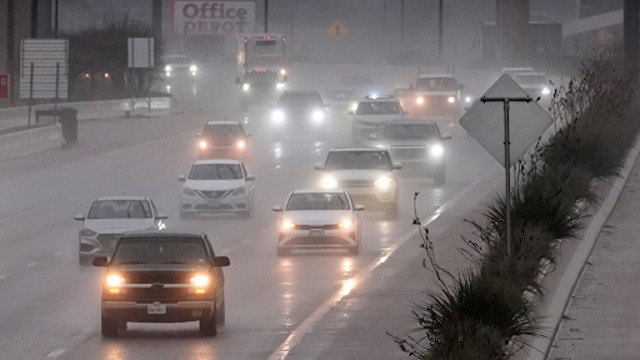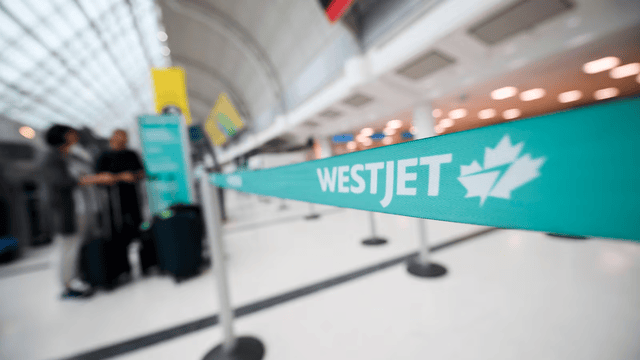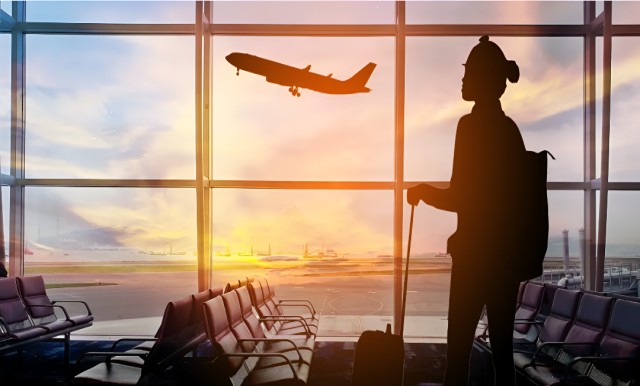
paraphase the following news caption in simple human language. the content should be sound proper human written news article. so as not to detect any AI. do not repeat the content. Avoid jargon & buzzwords. AP Photo
On Thursday, a line of thunderstorms moved through Texas, leading to significant disruptions in air travel. The National Weather Service had predicted high winds, hail, and the possibility of tornadoes from this storm system, causing over 100 flight delays and dozens of cancellations at major Texas airports, including Dallas Fort Worth International Airport, Dallas Love Field, and George Bush Intercontinental Airport in Houston. The stormy weather not only affected flights but also led to major disruptions at these airports, with travelers facing long waits.
The storms were particularly intense in parts of Texas, with the National Weather Service issuing a tornado warning late Thursday afternoon for areas northeast of Houston. Although the warning indicated the presence of a tornado, there were no immediate reports of damage or injuries. Despite this, a tornado watch was still in effect through Thursday night for several counties in southeast Texas, including the Houston area, as the storm system continued to move across the region.
In response to the severe weather, Texas Governor Greg Abbott activated state emergency resources. Abbott urged both locals and visitors to be cautious as they traveled, especially after the busy holiday period. He reminded the public to monitor road conditions, have an emergency plan, and follow the guidance of state and local officials.
The storm system was expected to cause the greatest risk in areas of Texas east of Dallas, stretching between Houston and parts of southern Arkansas, northern Louisiana, and western Louisiana. According to Brian Hurley, a meteorologist with the National Weather Service, the primary concerns were high winds and hail, with gusts expected to range between 60 and 80 mph (96 to 128 km/h) and hail potentially reaching up to an inch (2.5 cm) in diameter. There was also the possibility of tornadoes, which posed a significant risk to holiday travelers, especially as the storm moved into these areas after dark.
Meteorologists warned that conditions could become even more dangerous as nightfall approached. With limited visibility in the dark, travelers may not be as aware of the dangers posed by the storms, increasing the risk of accidents or other emergencies. As the storm system pushed eastward, it was expected to move into southern Arkansas and parts of Louisiana, continuing to affect the region throughout the night.
As of Thursday evening, officials and emergency responders were closely monitoring the situation, working to ensure the safety of those still on the roads or in the air. Travelers were advised to stay informed about changing weather conditions, and many flights in Texas remained delayed or cancelled due to the storms.















